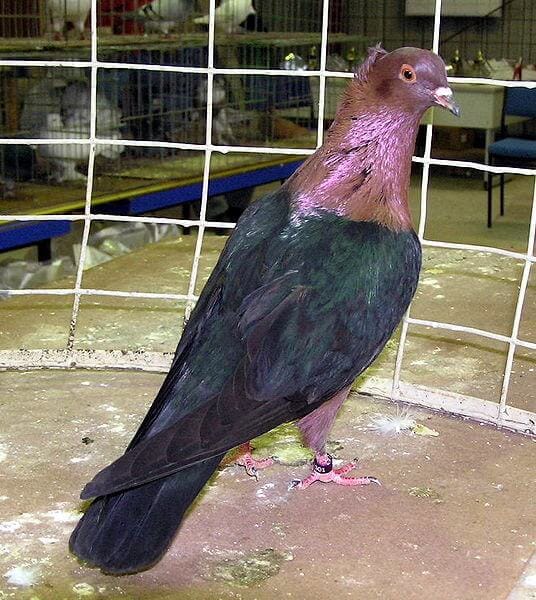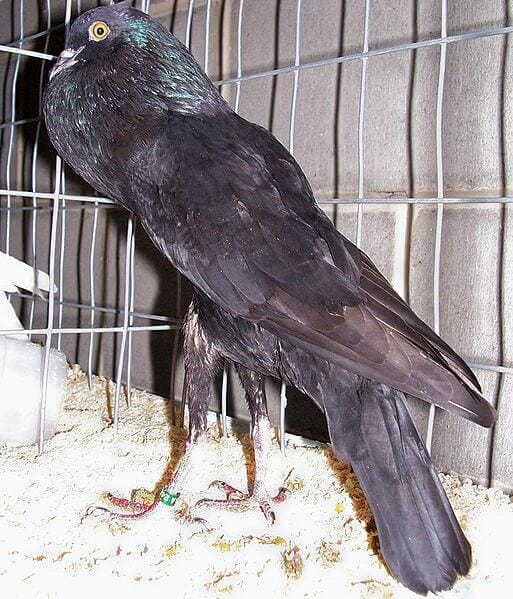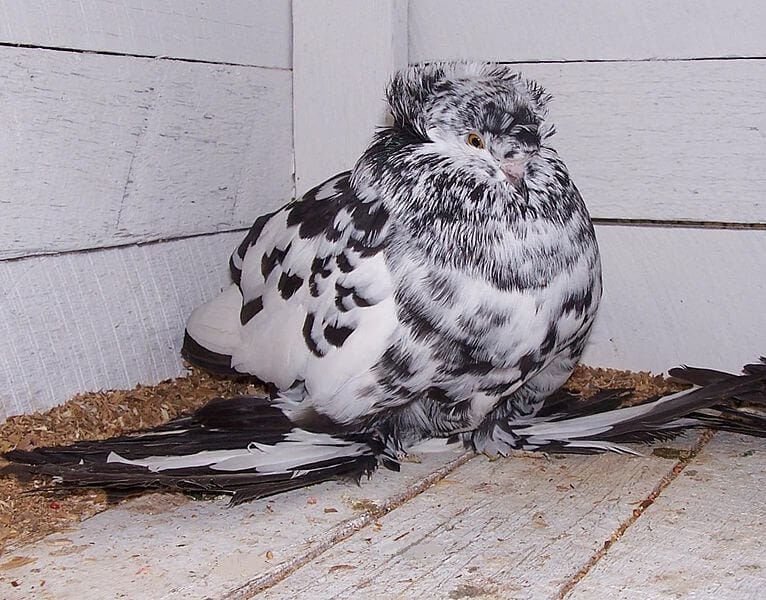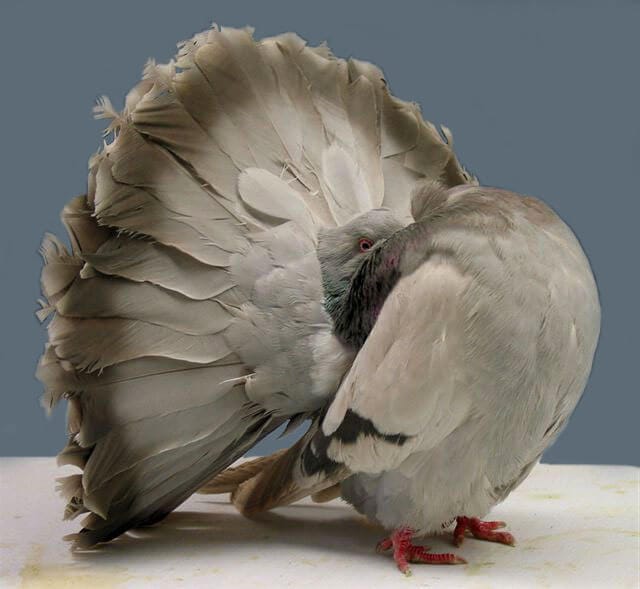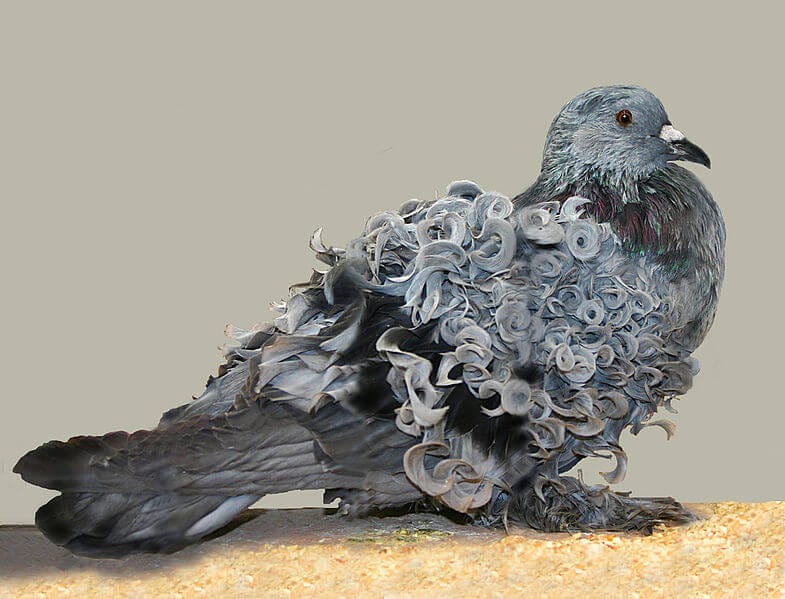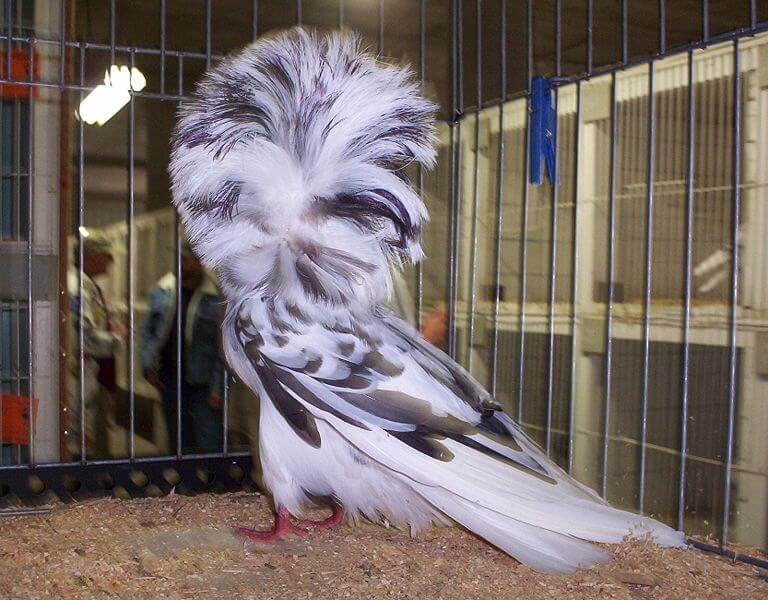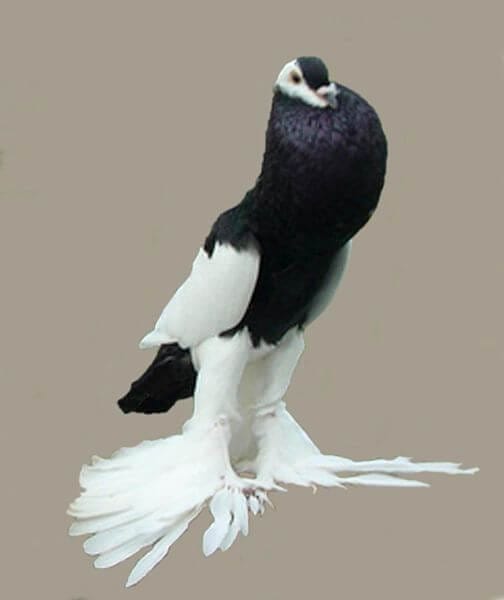Pigeons are popular as pets in some areas, while other people still think of them as flying rats. Learn more about the care of pet Pigeons.
What is a Pigeon?
Pigeons are the world’s oldest domesticated bird. Most of the pigeons you see are true wild ones and are sometimes referred to as Rock Doves. A domestic, or pet Pigeon, can often be recognized by one or more bands on its legs. Other Pigeons are exhibition breeds, distinguished by their unusual appearance and sometimes odd flying behavior (as in the Tumblers). Some breeds are kept for flight competitions. The lifespan of a pigeon is 10-15 years. Pigeons and the smaller Doves belong to the family Columbidae.
Selecting and Buying a Pigeon
Pigeons can be acquired in many ways. They typically are not sold in stores but may be purchased at pigeon, or bird, shows and exhibitions. Pigeons are sometimes sold at livestock auctions where pet chickens, peafowl, and other birds are sold (this would be at a livestock auction market). Additionally, some breeders of birds may offer pigeons for sale through a catalog.
A beginner would be wise to buy from a reputable source (not a lower quality auction where sellers are anonymous). They should select birds marked by breed and gender. As when purchasing any pet, the animals should look healthy and robust. Care should be taken not to buy too many males than females as fights may occur when extra males are present.
Sometimes Pigeons will also be available for adoption from a local animal shelter. In many cases where this happens, they come with some free supplies (but not always)
As Pigeons can live many years getting an older bird is fine, but if you want them to lay eggs and raise young, picking a proven breeding pair aged 3-6 years is best.
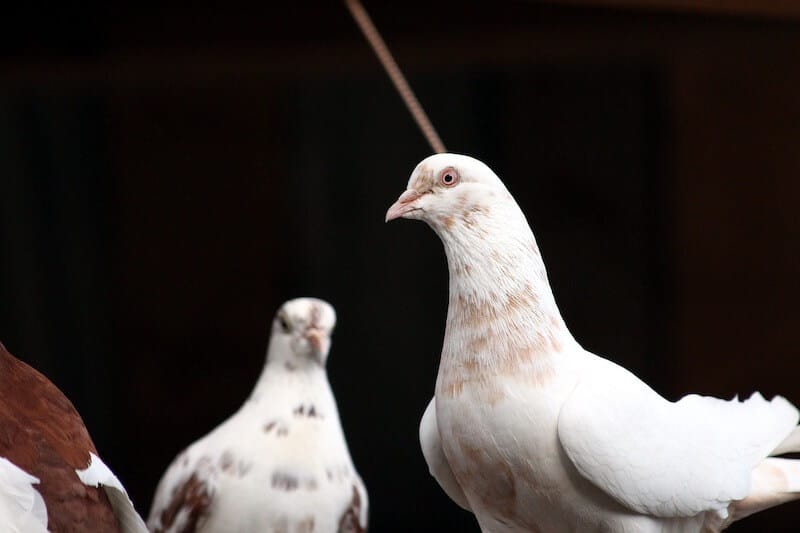
Feeding and Care
There are commercially prepared pigeon feeds available. These may be tricky to find. Local pigeon clubs often sell food themselves, or it may be found at some livestock feed stores. These feeds are either a mixture of grains or can be a pellet. If grains are fed grit must be provided to aid indigestion.
If pigeon food is unavailable, chicken feed (chicken scratch) will work fine for adult birds.
Some people leave food for their birds all the time, others feed twice daily, putting only enough food out to last the birds for 20 minutes. The food should be in a feeder that does not allow them to mess in it. Clean water is very important. Special waterers (as for chickens) are available and should be used to help keep the water clean.
The loft (see below) should be kept as clean as possible. If daily cleaning is not possible, it should be done weekly. Overcrowding will result in more mess and stressed birds so care should be taken not to get more birds than you have room for. Pigeons should be wormed 2-3 times a year especially if in a crowded loft or area with lots of birds.
The Loft or Aviary
Generally, pet pigeons are kept in an outdoor loft. Quite often this is a smaller building, or shed, with attached flight areas.
I keep only a few birds so an aviary is fine – as long as they have shelter. In the one in the photo, the shelter is attached to the flight but outside of it. In my other unit, the shelter is inside, and I find the birds love sitting on the roof particularly in the rain.
The flight is very important especially if one is going to allow their birds to fly free at any time. It shows them the outdoor area as a way to familiarize themselves with where they live. Additionally, it allows important ventilation. The loft should provide a minimum of two square feet per bird.
For nesting purposes nesting boxes should be fitted on the walls. These can be simple wooden fruit boxes with a low board across the front to hold in the bedding. Straw is excellent bedding for the nesting boxes. The loft itself may have a floor covered with wood shavings (not cedar shavings) and/or sand. Other keepers prefer to have a wooden floor and to scrape it clean daily.
The outdoor area can be easily made from 2×4’s and chicken wire. Stucco wire is even stronger and longer-lasting, but certainly more costly. I used a Starplate System.
Other Information and Links
Sometimes pet pigeons, particularly if not mated with a nest, will not return on their own if set loose. They become what is known as “feral” pigeons.
When a person first lets their pigeons fly free they must be aware that some become prey for hawks, owls, cats, and so on. The breeds with unusual flight patterns, such as the Rollers and Tumblers, are at greater risk for being targeted by birds of prey. Allowing a good flight space is important if the birds are not going to be allowed free flight.
Pigeons pair up and generally lay 2 eggs per clutch. These take 17-19 days to hatch and the young are fed by their parents. In 5-6 weeks, the young are old enough to look after themselves.
Peculiar Pigeons
Most people only know pigeons as the gray birds who fly around cities and poop on the statues. Those pigeons are mostly Rock Pigeons and are what our more exotic birds are descended from. In many places of the world, hobbyists keep Pigeons as pets and often breed very exotic-looking animals, some of which would have poor functionality in the wild.
Archangel
These are also known as Gimpels and are an older breed. They are noted for the metallic sheen on their feathers. Some birds have crested heads, feathers that go upwards instead of down, making for an even more unusual appearance.
Brunner Pouter
This bird does not look like a pigeon at all, rather it looks like a pigeon’s head stuck on a crow’s body. It is in the group of pigeons known as “blowers”. The pouters have large chest areas.
English Trumpeter
Truly one of the fanciest looking pigeons, and also one of the most difficult to breed. Ideally, they have to feather on their feet, known as muffs, as well as the crest of feathers on their head, and a tuft. They come in a variety of colors.
English Short Face Tumble
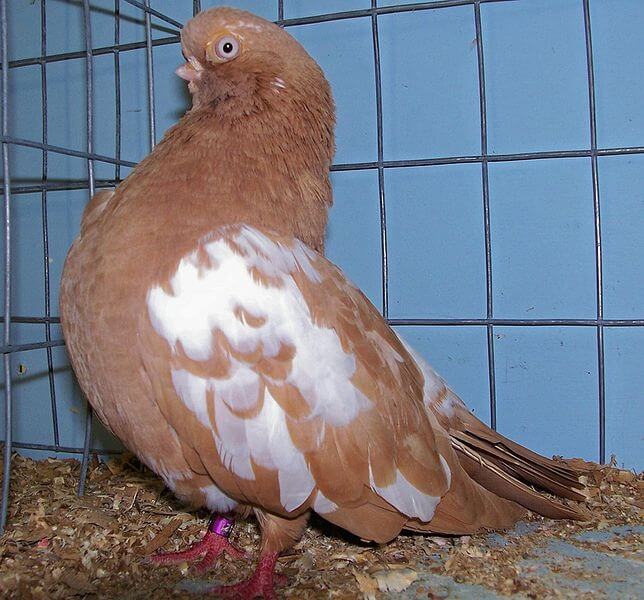
There are many Short Faced Pigeons, and many Tumblers. Short face refers to its odd facial build and tumbling refers to its style of flight. They roll and can tumble over backward. Tumblers are a more entertaining bird when given the room to fly.
Fantail
Quite popular, these pigeons have a lovely tail, which is always open. The tail exhibits this shape because it has up to four times as many feathers as a regular bird’s tail would. They are often used to train the flying birds to return home because they are placed at the home to call to the other birds for their return.
Frillback
These birds feature unusual curling of the feathers that are on their wing shields. This curl should also carry down to their feathers around their feet, known as their muffs. Truly an exotic-looking variety.
Helmet
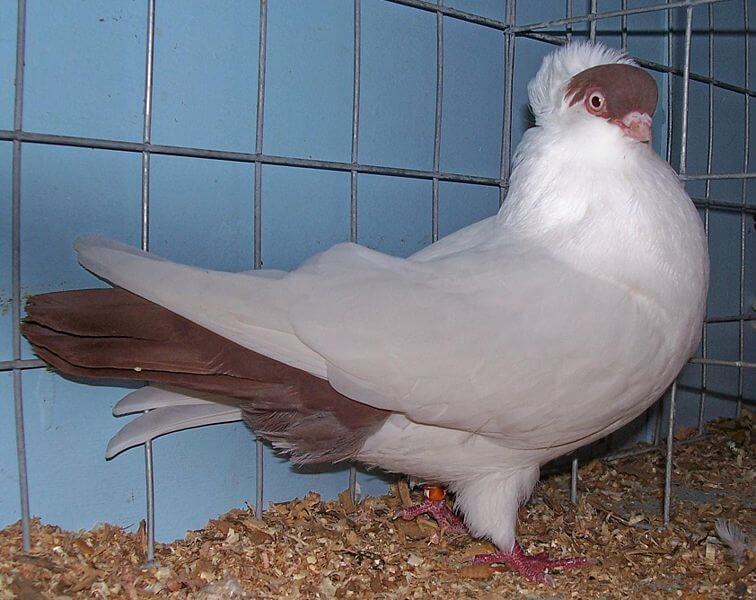
These are white-bodied birds with a small patch of color on their head, being their helmet, they also can be crested which accentuates the helmet itself. Our friend in the photo above is a crested bird.
Jacobin
This bird couldn’t even find a statue to poop on if it tried. With the elongated and upright feathers around its head, its vision is very limited. The feathers around its face are known as the “hood” and in some birds can get so extreme you can only see the bird’s eyes if you are directly in front of the bird.
Reverse Swing Pouter
Like pretty much every other bird on this list, this isn’t a pigeon you are likely to see in your neighborhood park anytime soon. This variety has brilliant markings but an appearance I otherwise find odd.

